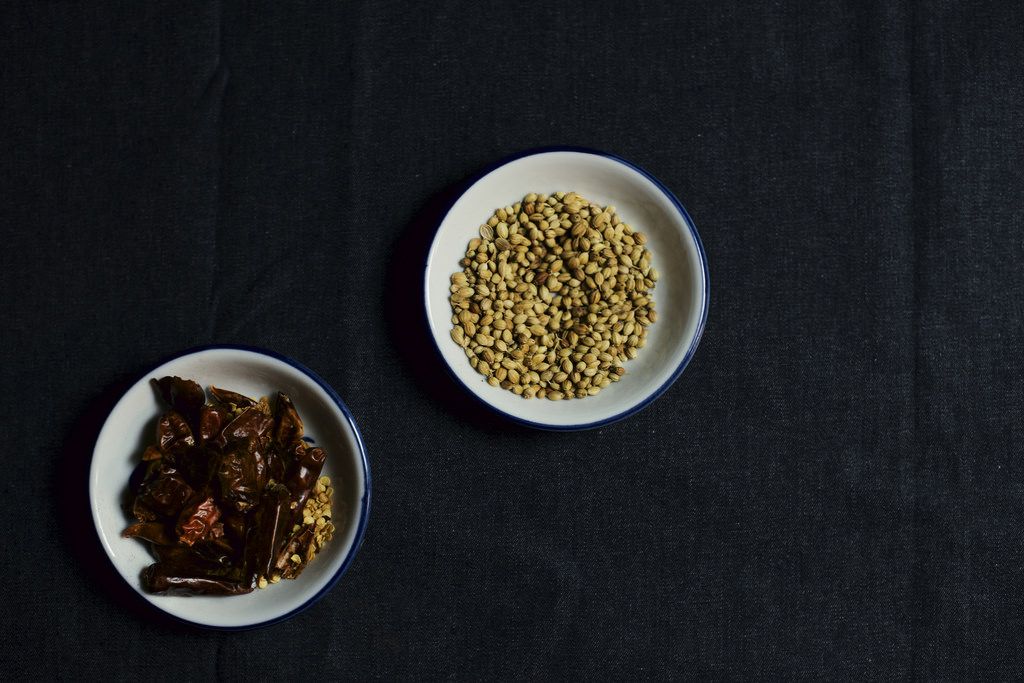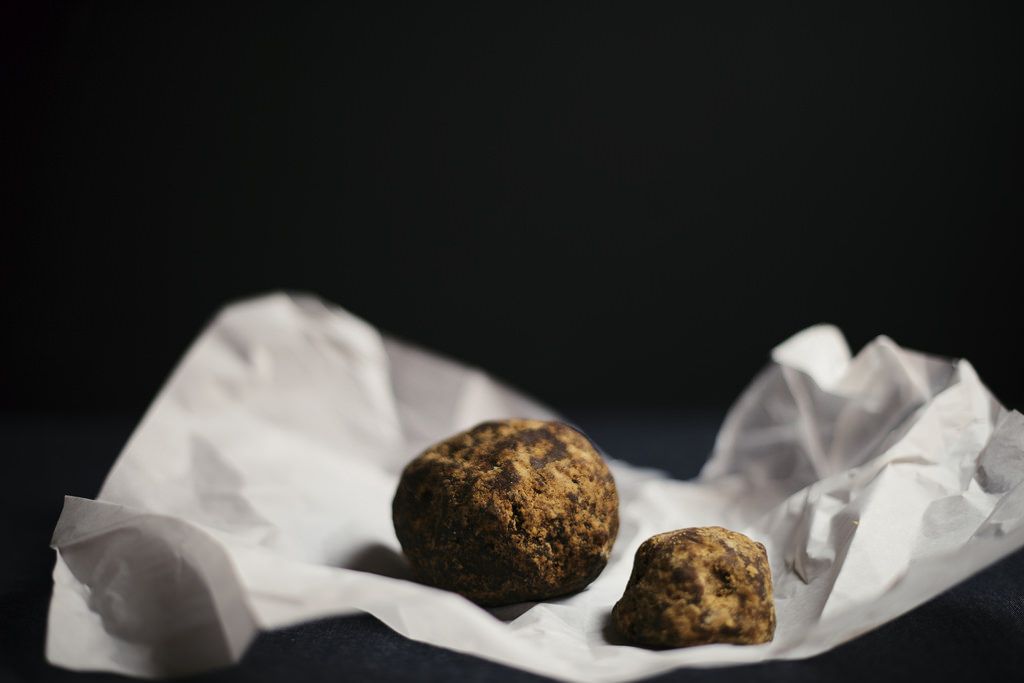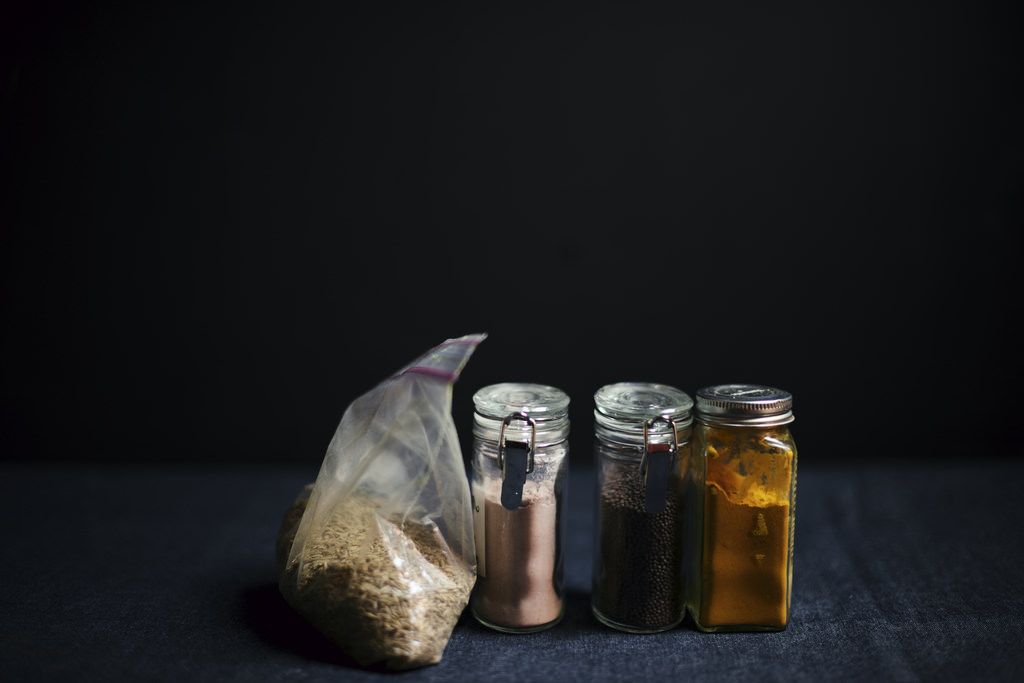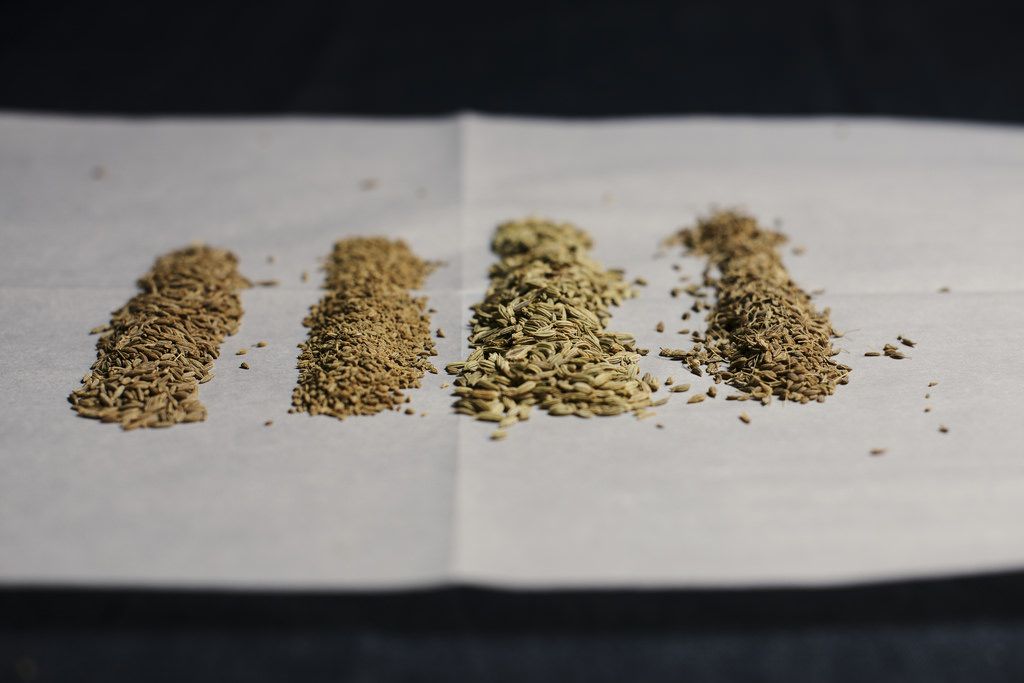Popular on Food52
Continue After Advertisement
18 Comments
Ellen S.
August 10, 2015
I find that curry leaves are the one thing I have to go to a real Indian grocery store for, but you can freeze them in a small zip-lick bag. Most other things can be found at conventional supermarkets or ethnic stores that serve a lot of southeast Asians (Vietnamese, Thai, Indonesian, etc.). Oh, Mexican groceries should have tamarind and of course cilantro and many kinds of chilies. Never have run into any recipes asking for nigella seeds, kokam or dried pomegranate seeds! Must investigate. Indian food has SO many regional variations, there is always more to learn. For beginners, sometimes food or women's magazines have simplified versions of Indian recipes. But at some point you should just jump in and not worry about whether it tastes "authentic." Think of it as a fun craft project which ends up as dinner. For any given dish, probably every Indian auntie makes it a little differently.
Amisha G.
July 28, 2015
Well written Nik, great stock pantry to have at all times! Do you use whole cinnamon as well ? My mum used to put whole cinnamon a whole lot in her cooking .
Peter M.
July 25, 2015
Great article. I love Indian food and have been fortunate to have a neighbor give me some pointers and took a class from Raghavan Iyer how is a great teacher. My kids like it so much that one of them picks it for birthday dinners. Definitely easier than I expected and so delicious. I don't know if I get it exactly right but it sure tastes good!! Take a chance and give it a try!!
marynn
July 17, 2015
I am now your faithful student! So very excited and grateful that you are taking this on. Indian cuisines (yes, plural) have long fascinated and delighted me. But they also intimidate the heck out of me and I need this to help me learn.
Chandrima S.
July 17, 2015
Very well written article Nik. What about Bengali 5 spices/ paanchforon. Wild celery seed (Radhuni) is another important spice, not so popular though. But this particular spice adds an amazing flavor to the dish.
Annada R.
July 17, 2015
Glad that you mentioned jaggery, Nik! I add some to my pasta sauce too. Find that it cuts tartness of tomatoes so much better than sugar. Plus it contains iron too. Try eating roasted, unsalted peanuts with jaggery. Tastes amazing!
Diari
July 16, 2015
So intimidated by Indian cuisine! Some if these ingredients I have never heard of! Still searching for the perfect masala dabba!
Chitra A.
July 16, 2015
There's so many Indian ingredients to choose from so this is a tough job, but you did a great job Nik! You hit a good balance of dried spices and fresh ingredients with your list. And so happy you included jaggery, that is one of my favorites.
Jennifer
July 16, 2015
One ingredient not listed in the article is asafoetida, perhaps because its aroma before cooking is off-putting. However, it adds a distinctive note I'd be sorry to lose; I advise putting it in a glass jar to contain the odor. (The plastic container I bought fits easily in a mason jar.)
Nik S.
July 16, 2015
Hi Jennifer, glad you mentioned "hing"/asafoetida. It's generally used by certain Indian communities that don't eat onions or garlic as a substitute. You're right that the smell can be intense but once it is tempered in oil, it mellows out. This by no means is an exhaustive list but I've mentioned the most popular ones and though I grew up with hing in the kitchen, we rarely used it unless we ran out of onions or garlic.
Valhalla
July 16, 2015
No matter how authentic my spice arsenal, I just can't seem to get authentic flavor. This is in contrast to other Asian cuisines that I think I approximate pretty well. My Indian dishes come out tasty enough, but I have to accept they will never taste like an auntie made them!
Pat
September 21, 2016
Aside from fresh spices I find the most important thing for full flavour is to "bloom" the spices by frying gently in oil (or ghee) for a few minutes (seconds) before adding any liquids
 Dried Kashmiri chiles (left) and coriander seeds (right).
Dried Kashmiri chiles (left) and coriander seeds (right).
 From left to right, green cardamom, black cardamom, and bay leaves.
From left to right, green cardamom, black cardamom, and bay leaves.




See what other Food52 readers are saying.